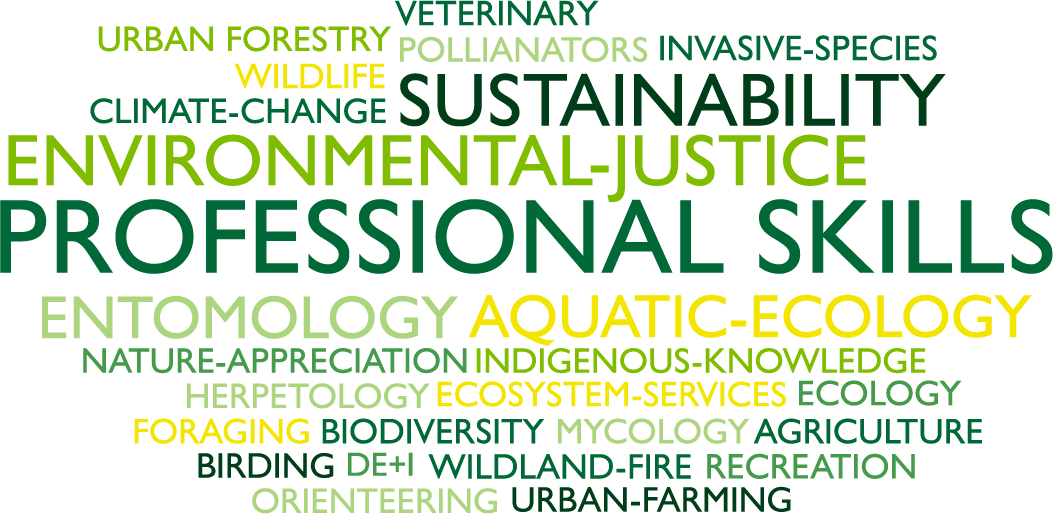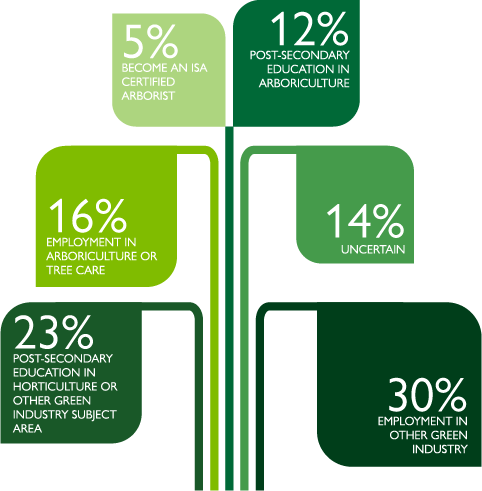Youth in Arboriculture
Project Background
In 2022, ISA requested proposals for a contractor to review and examine U.S. organizations that deliver programs that directly or indirectly introduce youth and adolescents to arboriculture. The University of Georgia (UGA) Warnell School of Forestry and Natural Resources was awarded funding in 2023 to conduct the scoping work and seek input on the results from subject matter experts and industry partners. Results of the scoping work would be used to develop a database of U.S. youth programs housed on the ISA website. Results would support ISA in promoting and advancing the development of new programs, partnerships, and or other initiatives to introduce youth and adolescents to arboriculture career pathways. This report summarizes and analyzes data collected during the 2023 scoping process and input gathered from discussions with subject matter experts in a December 2023 meeting. This report complements the database of youth programs that were collected during this project, available as a separate publication.

Results
The reports provided offer detailed research findings including:
- Program Subjects
- Program Structure
- Program Frequency and Duration
- Program Youth Age Range
- Scale and Location
- Number of Participants
- Educational Credits
- Program Tuition and Wages
- Program Longevity
- Potential Program Outcomes
Full Report
English (PDF)
Spanish (PDF)
Summary of Report
English (PDF)
Spanish (PDF)

Conclusions
Results of the scoping project provide greater insight into current U.S. youth and adolescent programs that have led or could potentially lead to arboriculture career pathways. These programs teach a variety of subjects, several of which provide an educational or experiential foundation in arboriculture. Surveyed programs also offer paid internships that provide hands on tree care experience and dual enrollment where students receive high school credit while gaining education and experience in arboriculture and the green industry. Surveyed programs are offered at varying frequencies and durations throughout the year, and each reach a wide range of participants and target specific youth ages, from 10-19 years old. Surveyed programs occur nationwide. It should be noted that the higher program occurrence observed in the eastern U.S. is likely due to the authors’ greater familiarity with this region. Most of the surveyed programs have been available for over a year, with many programs being in operation over 20 years. 38% (n=15) of surveyed programs reported arboriculture-related outcomes of their youth participants. When focusing on the survey results of the 15 programs who reported arboriculture program outcomes (arboriculture job or education, ISA Certified Arborist credential), a few trends were observed in our survey data that can be useful in filling gaps in youth and adolescent arboriculture programming.